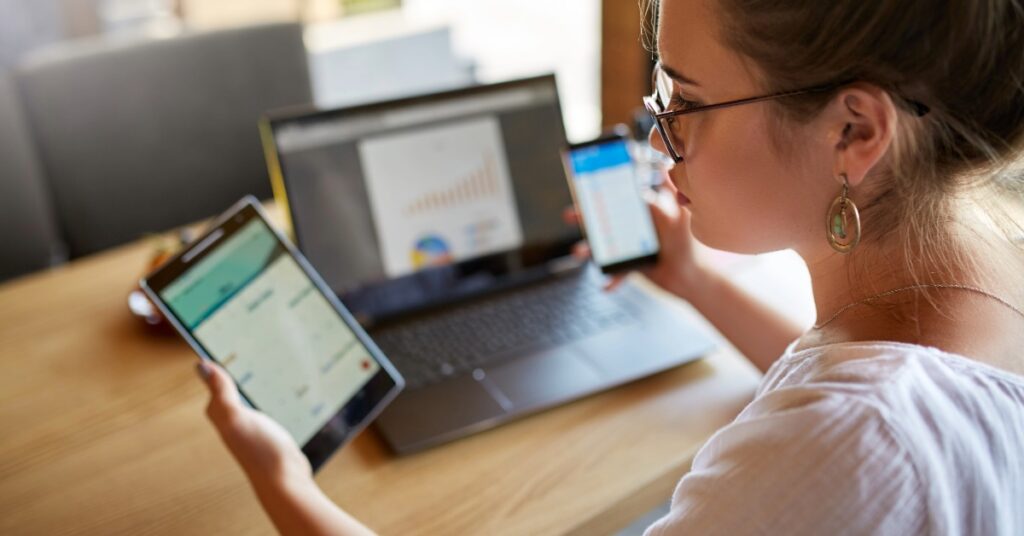
Let’s be honest, most of us use personal devices for work at some point. Maybe it’s checking email on your phone during your kid’s soccer game. Maybe it’s logging into a shared drive from your home laptop. Or maybe it’s hopping on a quick Teams call from a tablet.
It feels convenient, right? But here’s the problem: personal devices don’t usually have the same security protections as company-issued ones. That makes them one of the weakest links in your business’s defenses and a big reason why cybersecurity for personal devices matters more than ever.
At ONE 2 ONE IT Solutions, we’ve seen how one unsecured phone or laptop can lead to major headaches for Lancaster-area SMBs. But there’s good news. A few smart habits can make your personal devices safer for work without sacrificing the flexibility you need.
Why Personal Devices Create Cybersecurity Risks
1. Missing security tools
Work laptops and phones are usually loaded with antivirus, firewalls, and company-approved protections. Your personal phone? Maybe not.
2. Shared use
Your kids borrow your tablet for games. A partner uses your home laptop for streaming or shopping. Every download or click increases the chance of malware sneaking in.
3. Public networks
Connecting to open Wi-Fi at a coffee shop or airport can leave your logins and company data exposed if you’re not taking the right precautions.
How to Improve Cybersecurity for Personal Devices
1. Keep devices updated
Updates patch the holes hackers love to exploit. Make a habit of installing updates as soon as they’re available, or better yet, set updates to run automatically.
2. Use strong passwords and MFA
Strong, unique passwords and multi-factor authentication (MFA) create a powerful defense. Even if your password is stolen, MFA keeps bad actors locked out.
3. Install security software
Even basic antivirus tools can make a big difference. If your company provides licenses or recommendations for personal devices, take advantage of them.
4. Separate work and personal spaces
If you can, create a separate user profile or workspace on your device. This keeps personal apps, games, and files from mingling with sensitive company data.
5. Report problems fast
Lose your phone? Notice strange pop-ups? Think you clicked something suspicious? Tell your IT team immediately. A quick response can turn a potential breach into a minor hiccup.
Why Businesses Need a BYOD Plan
Personal devices aren’t going away. Employees expect flexibility, and businesses benefit from it. But without a plan for cybersecurity for personal devices, you’re relying on luck, and luck isn’t a strategy.
The solution isn’t banning personal devices. It’s building awareness and offering simple, clear guidance. At ONE 2 ONE IT Solutions, we help Lancaster SMBs create employee security training that helps teams work smarter and safer, whether they’re in the office, at home, or on the go.
Take the Next Step
Start by sharing these tips with your team. Then, talk with your IT partner about creating a clear Bring Your Own Device (BYOD) policy that works for everyone. Because when employees know how to keep personal devices secure, your whole business is safer.
Looking for More Security Insights?
Fill out the form below to join the ONE 2 ONE cybersecurity newsletter. When you do, we’ll send you ’20 Ways to Protect Your Business from a Cyber Attack’.
